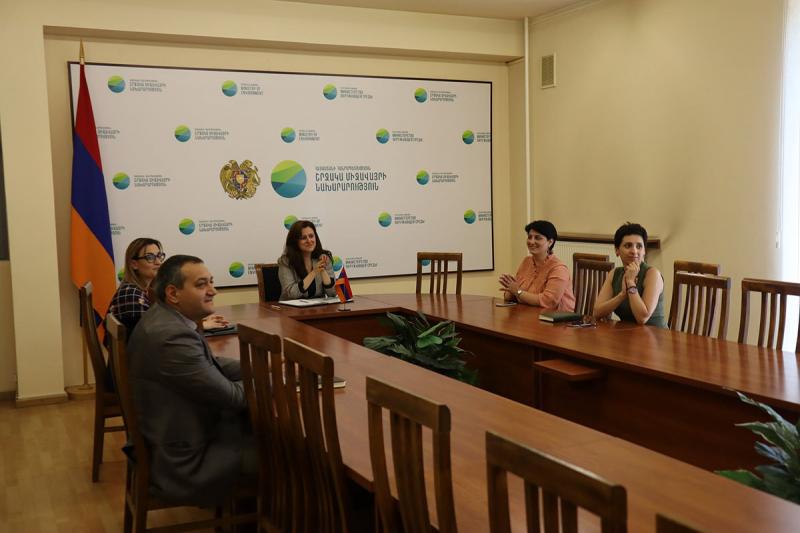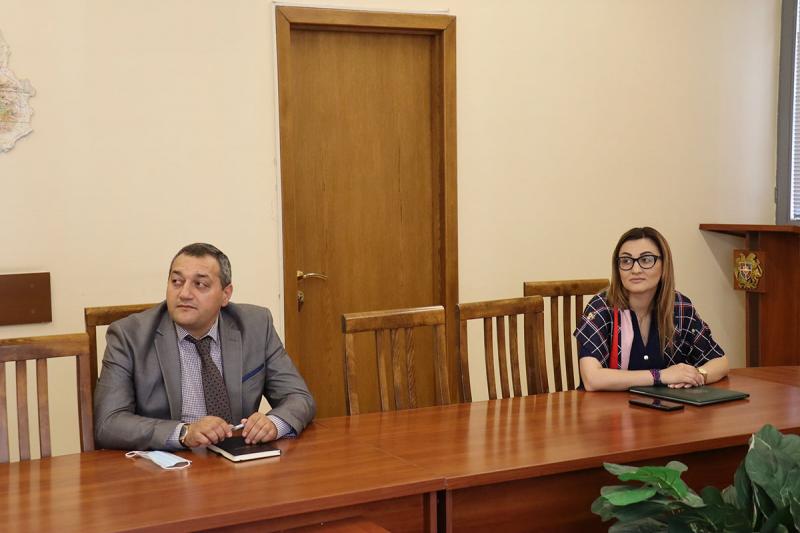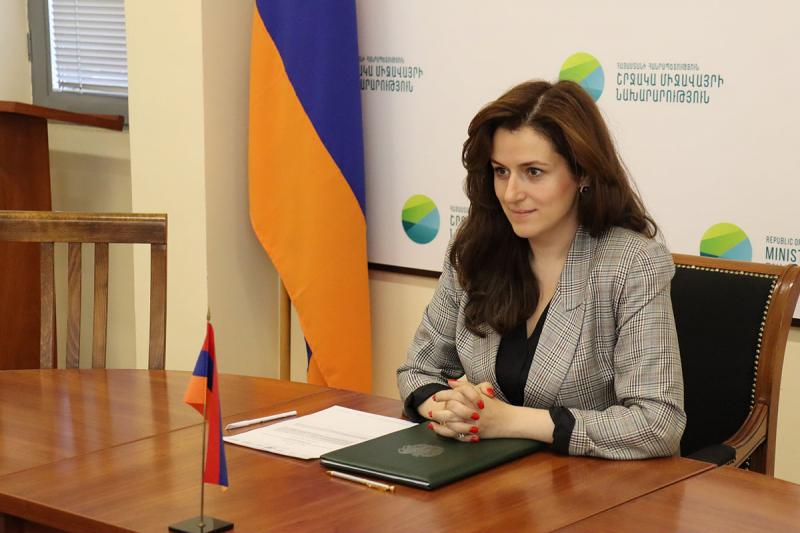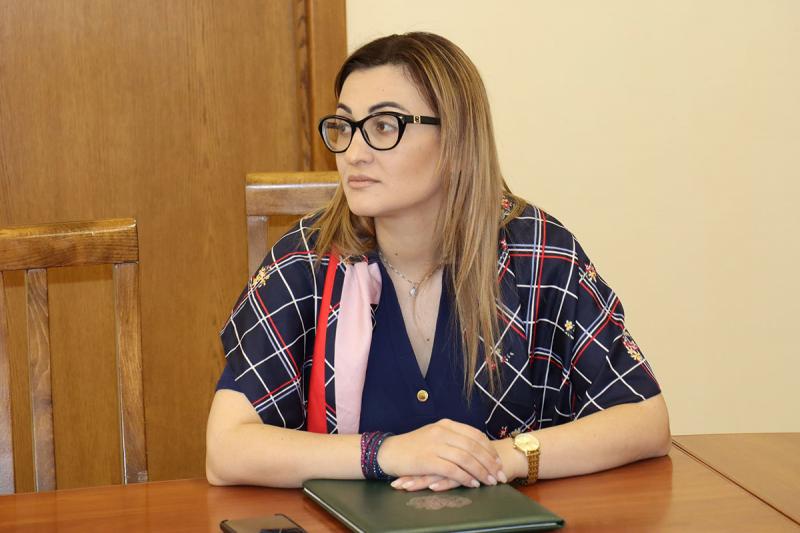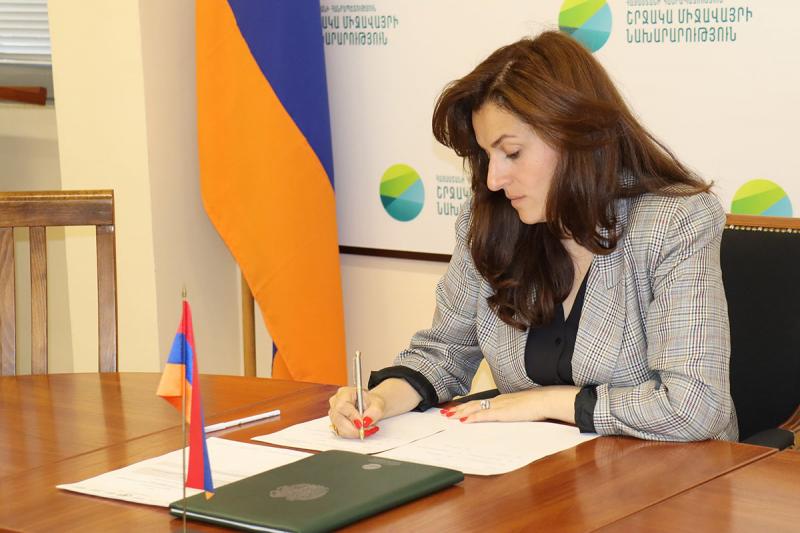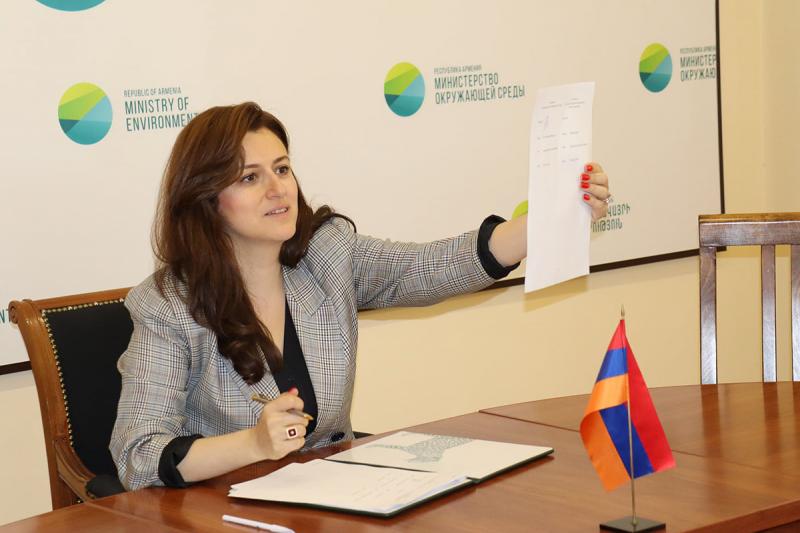Armenia, which is highly vulnerable to climate change, has signed up to increase its forest cover and carbon removal from forests by reducing firewood demand and by introducing sustainable and climate-adaptive forest management techniques.
This is envisaged through a forestry project of the Food and Agriculture Organization of the United Nations (FAO), the first large-scale FAO project in Europe and Central Asia to be supported by the Green Climate Fund (GCF). The project aims to increase forest cover by 2.5 percent, reduce the firewood demand of rural communities by at least 30 percent, enable sustainable and climate-adaptive forest management, and ensure technology transfer to rural communities, the private sector and institutions as part of a forest-energy nexus approach. The eight-year project, with a total budget of USD 18.7 million, will rely on significant co-funding and technical expertise from the Government of Armenia, the Austrian Development Agency, the Autonomous Province of Bolzano, the World Wildlife Fund Armenia, and FAO.
Today, the agreement was signed by Deputy Minister of Environment Anna Mazmanyan, and Raimund Jehle, FAO Representative in Armenia.
“The Green Climate Fund project “Forest resilience of Armenia, enhancing adaptation and rural green growth via mitigation” will significantly contribute to the implementation of the strategy aimed at strengthening forests’ enormous capacity to mitigate against climate change, primarily through reducing forest degradation, planting new forests, and managing existing ones,” said Mazmanyan.
According to the World Bank, Armenia ranks as the fourth most vulnerable country in Eastern Europe and Central Asia in terms of climate-change risks. Current climate trends and predictions for the country indicate future elevated average temperatures, precipitation and river-flow decreases, and snow cover reduction. The population depends heavily on firewood, which puts forests that are sensitive to climate change under further stress.
“The project is an important milestone in realizing the country’s National Determined Contributions under the Paris Agreement on climate change, as well as in addressing poverty and shifting to sustainable energy consumption,” said Jehle.
Two regions – Lori in the north, and Syunik in the south – are to be targeted under the project. They were selected based on forest type, population density, local poverty levels, and exposure to climate change, in addition to the potential impact on important forest ecosystems. Around 377 000 people will benefit directly from diversified livelihoods and increased participation in forest governance and management (12 percent of the total population).
The Green Climate Fund investment is expected to prevent about 20 million tonnes of carbon dioxide equivalent from entering the atmosphere over 20 years through the forest-energy nexus approach.
“The Government of the Republic of Armenia considers issues of environmental protection and, remarkably, sustainable forest management, among national and state priorities, as managed sustainably, forests play an indispensable role in climate-change mitigation and biodiversity protection,” added A. Mazmanyan.
The project goals will be realized by FAO jointly with Environmental Project Implementation Unit of RA Ministry of Environment.
About the project: “Forest resilience of Armenia, enhancing adaptation and rural green growth via mitigation”: https://bit.ly/3znSN2R
FAO and Green Climate Fund: https://bit.ly/35kz4Dl
FAO in Armenia: http://www.fao.org/armenia/en/
Forestry: http://www.fao.org/forestry/en/
FAO Regional Initiative: https://bit.ly/3gqy0Ed


